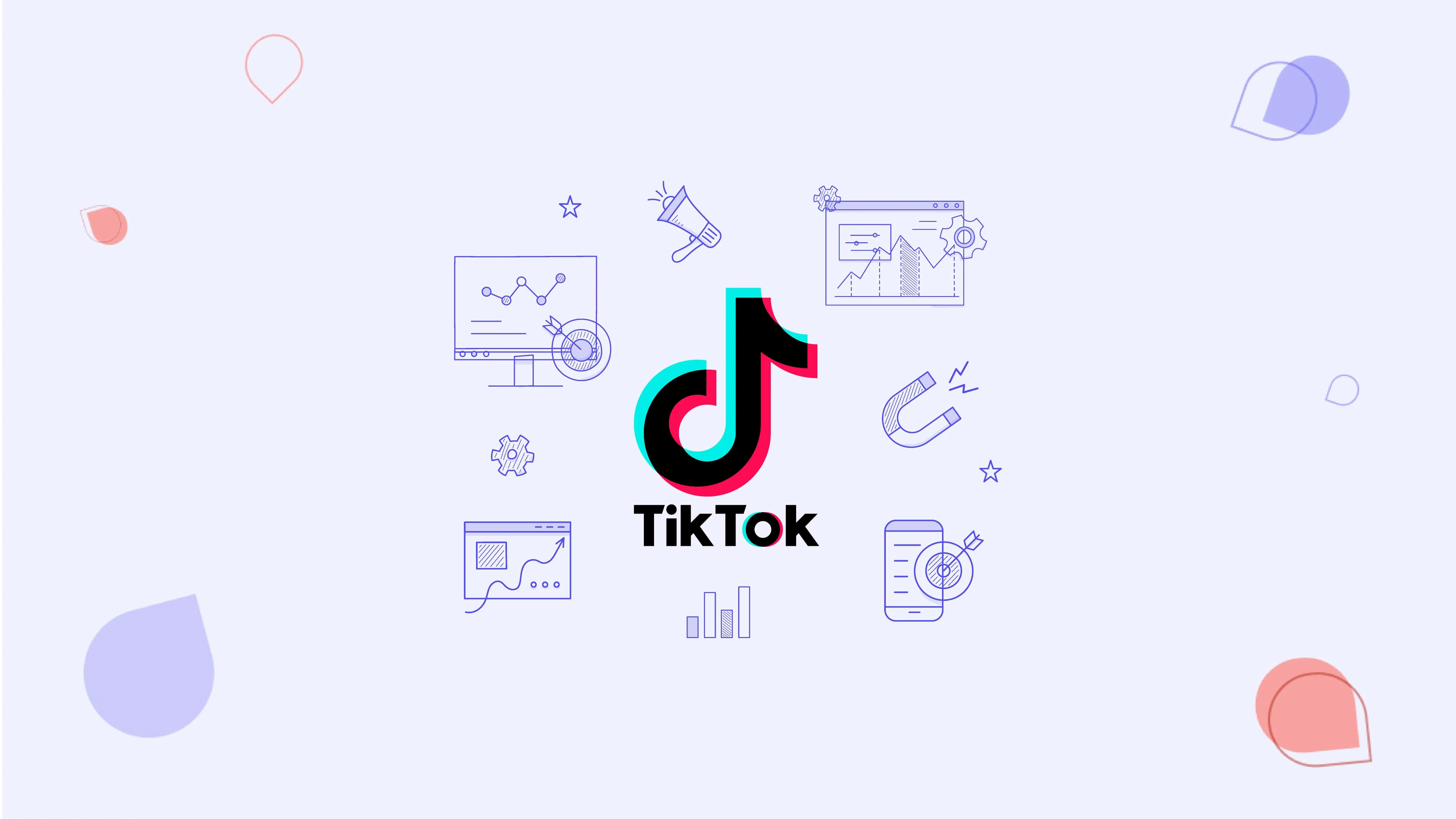Does TikTok pay for likes or views?

Does TikTok Pay for Likes or Views? Unraveling the Mystery
In the vibrant and ever-expanding world of TikTok, the question of whether the platform pays for likes or views is one that has piqued the curiosity of many content creators and users alike. With the platform's meteoric rise in popularity, it has become a lucrative space for some to showcase their talents, build a following, and potentially earn an income. However, the mechanics of how exactly money is made on TikTok, especially in relation to the basic metrics of likes and views, is not always as straightforward as it may seem.
The Basics of TikTok's Ecosystem
TikTok is a social media platform that thrives on user-generated content. Creators from all walks of life upload short videos, ranging from dance routines, comedy skits, DIY projects, to educational snippets. These videos then have the potential to be discovered by a vast global audience. The two most prominent metrics that users and creators often focus on are likes and views. A view is counted when a user watches a video for a certain period of time (usually a few seconds or more), while a like is a form of positive feedback that a user can give to a video by simply tapping the like button.
The Role of Likes and Views in Content Popularity
Likes and views play a crucial role in determining the popularity of a TikTok video. High numbers of views indicate that a video has been exposed to a large number of people, and it has managed to capture their attention for at least a brief moment. Likes, on the other hand, are a more direct indication of how much the audience enjoys the content. A video with a large number of likes relative to its views is often seen as having a higher level of engagement and quality, as it means that a significant portion of those who watched the video took the extra step to show their approval.
These metrics also influence the visibility of a video within the TikTok algorithm. The algorithm takes into account various factors such as the initial engagement (likes and views in the early stages), the watch time, the user's location, and the behavior of the creator's followers. A video that starts getting a lot of likes and views quickly is more likely to be pushed to a wider audience, increasing its chances of going viral and reaching even more people.
Does TikTok Directly Pay for Likes or Views?
The short answer is no. TikTok does not directly pay creators for the number of likes or views their videos receive. Unlike some other platforms where creators can earn a fixed amount per view or like, TikTok's monetization model is more complex and multifaceted.
TikTok's Monetization Avenues for Creators
1. TikTok Creator Fund
One of the main ways creators can potentially earn money on TikTok is through the TikTok Creator Fund. However, eligibility for this fund is not based solely on likes and views. Creators need to meet certain criteria such as having a minimum number of followers (usually in the tens of thousands), being at least 18 years old, and having a consistent track record of creating engaging content. The fund distributes money to eligible creators based on a variety of factors including the overall performance of their videos, the engagement levels (which includes likes and views but also comments, shares, etc.), and the authenticity of their content. So, while likes and views do contribute to the overall assessment of a video's performance, they are not the sole determinants for receiving payments from the Creator Fund.
2. Brand Partnerships and Sponsorships
Another significant source of income for TikTok creators is through brand partnerships and sponsorships. Brands are increasingly looking to collaborate with popular TikTok creators to promote their products or services. When a creator enters into a partnership with a brand, the terms of payment are negotiated privately between the two parties. The decision for a brand to partner with a creator is usually based on factors such as the creator's niche, their following size, the engagement levels of their followers (again, likes and views are part of this but not the only factors), and the creator's overall brand image. For example, a beauty brand might look for a TikTok creator with a large following in the beauty niche who has high engagement in the form of likes, views, comments, and shares. But it's not just about the numbers; the brand will also consider the quality of the content and how well it aligns with their marketing goals.
3. Live Streaming and Virtual Gifts
TikTok also offers the option of live streaming, where creators can interact with their fans in real-time. During live streams, fans can send virtual gifts to the creator, which can be converted into real money. The amount of virtual gifts a creator receives depends on the popularity of their live stream, which is influenced by factors such as the number of viewers tuning in, the level of interaction (such as chatting with fans and answering questions), and, to some extent, the prior popularity of the creator's regular videos (which is related to likes and views). So, while likes and views don't directly translate into earnings from live streaming, they do play an indirect role in building the creator's popularity and thus increasing the likelihood of receiving more virtual gifts.
4. Merchandise Sales
Some TikTok creators have been successful in selling their own merchandise, such as t-shirts, hats, or other branded items. The success of merchandise sales often depends on the creator's brand recognition and the loyalty of their followers. Likes and views contribute to building that brand recognition as they help to make the creator more visible and popular within the TikTok community. A creator with a lot of likes and views on their videos is more likely to have a larger following, and a larger following means more potential customers for their merchandise.
The Importance of Engagement Beyond Likes and Views
While likes and views are important metrics on TikTok, it's crucial to understand that the platform values overall engagement even more. Engagement encompasses not only likes and views but also comments, shares, and the use of other interactive features such as duets and stitches. A video that generates a lot of comments and shares shows that the content is sparking conversations and is being spread further within the community. This kind of engagement is highly valued by TikTok because it indicates that the content is not only being consumed but also actively participated in by the users.
For example, a video that has a relatively modest number of views but a high number of comments and shares might be considered more valuable in terms of engagement than a video with a large number of views but little to no interaction. TikTok's algorithm takes into account all these aspects of engagement to determine which videos to promote and which creators to support.
Conclusion
In conclusion, TikTok does not pay for likes or views in a direct and simple way. While these metrics are important for gauging the popularity of a video and do contribute to a creator's overall success on the platform, they are not the sole factors that determine financial rewards. TikTok's monetization model is complex, relying on a variety of avenues such as the Creator Fund, brand partnerships, live streaming, and merchandise sales. Creators who want to earn money on TikTok need to focus on creating high-quality, engaging content that not only attracts views and likes but also encourages comments, shares, and other forms of interaction. By doing so, they can build a strong brand on the platform, increase their visibility, and ultimately tap into the various monetization opportunities available to them. Understanding the true nature of TikTok's monetization system is essential for any creator looking to make a living from their content on this popular social media platform.
